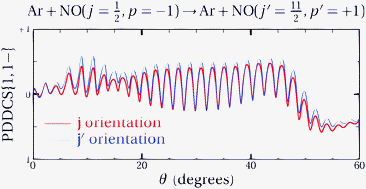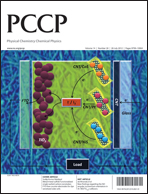This article reports a theoretical study of the stereodynamics of Ar + NO(X2Π, v = 0, j = 1/2, Ω = 1/2, ε = ±1) rotationally inelastic collisions. First, quantum scattering data are used to calculate all differential polarisation moments of the reagent and product molecules; this leads to the observation that the orientations of the reagent and product angular momenta are very strongly correlated. Next, canonical collision mechanisms theory [Aldegunde et al., Phys. Chem. Chem. Phys., 2008, 10, 1139] is used to separate and characterise the stereodynamics of the two independent collision mechanisms that contribute to the collision dynamics; this leads to the observation that the average product orientation is determined by the relative contributions of the two canonical mechanisms, which have comparable importance but are associated with starkly contrasting angular momentum orientations. These observations lead to a new and rigorous explanation of the experimental results reported a decade ago by Lorenz et al. [Science, 2001, 293, 2063]. The central fact of the new explanation is the incoherent, interference-free superposition of two independent collision mechanisms. This makes the new explanation radically different from the only one previously suggested, namely that the experimental observations might be due to quantum interference in a single collision mechanism.


 Please wait while we load your content...
Please wait while we load your content...